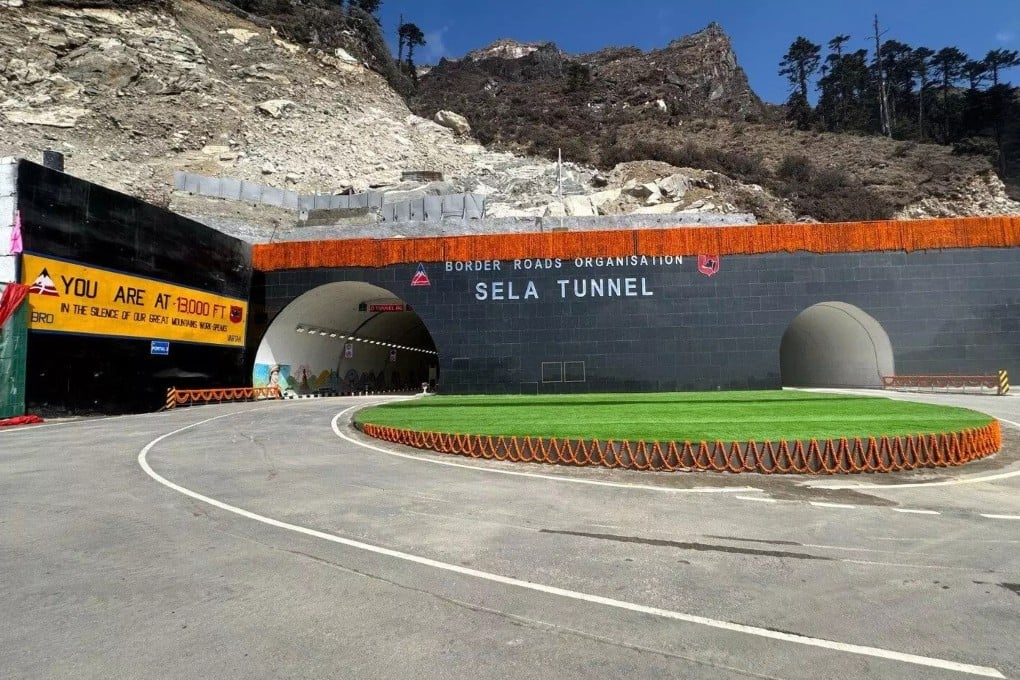China protests against India tunnel opening, warns it will only complicate border issue
- ‘Solemn representations’ made to New Delhi after Indian prime minister inaugurates Himalayan project on visit to the sensitive region
- Chinese foreign ministry spokesman says India has no right to arbitrarily develop the disputed area

Chinese foreign ministry spokesman Wang Wenbin said on Monday that India had “no right to arbitrarily develop the area of Zangnan in China”. The move “will only complicate” the boundary question and “disrupt the situation” in the border areas.
“The area of Zangnan is Chinese territory. The Chinese government has never recognised the so-called Arunachal Pradesh, illegally set up by India and firmly opposes it.” Wang said “solemn representations” had been made.
“China strongly deplores and firmly opposes the Indian leader’s visit to the east section of the China-India boundary,” he said, adding that the border question has “yet to be solved”.
The tunnel, built at an altitude of 13,000 feet (3,960 metres), is expected to facilitate India’s movement of troops and weaponry to forward locations along the Line of Actual Control (LAC) – the disputed 3,440km (2,100 miles) de facto border.